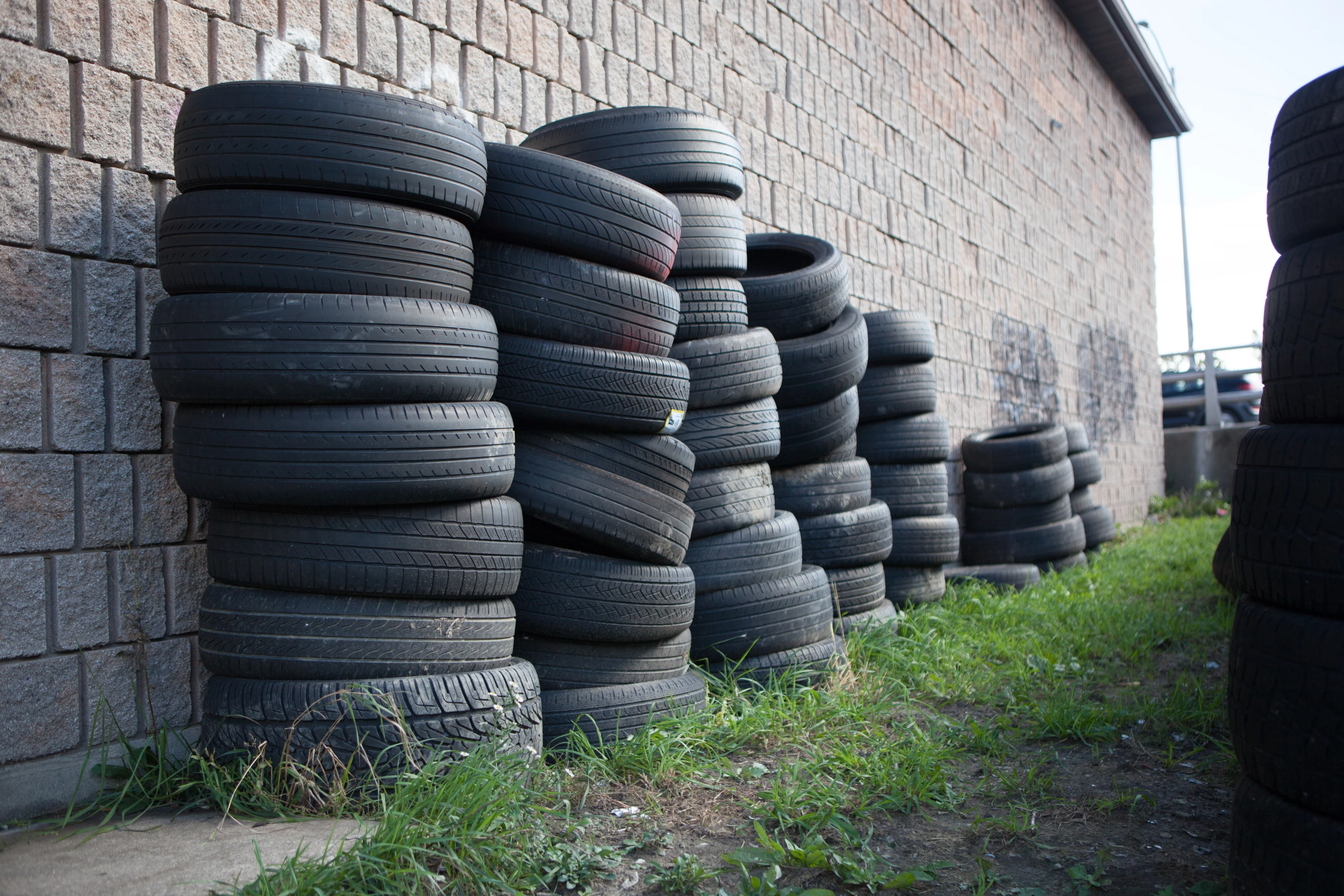Australian researchers have analyzed the structural properties of walls made from end-of-life car tires packed with dirt, giving engineers some figures to work with and making a well-known upcycling technique available to the construction industry.
Car tires are an environmental nightmare. Ubiquitous, consumable, filthy to burn and they take hundreds of years to decompose in landfill, where an awful lot of them end up. Any project that can recycle them, like grinding them up for use as asphalt filler or insulation, or using them as swings and bumpers in kids' playgrounds, is an environmental boon.
For decades, people have been recycling yesterday's rubber donuts into tomorrow's tire walls, stacking them in staggered formations and packing them with dirt. You'd have seen this kind of thing plenty at motor racing facilities – indeed, some tires have been unusually keen to get involved. The Earthship movement takes the idea further, creating retaining walls and entire buildings out of tire walls, sometimes filling them with concrete rubble and broken bricks to allow for drainage, or even rendering over the top for a smoother appearance.

These kinds of projects, though, are pretty niche. And researchers at the University of South Australia saw an opportunity in the 55 million tires the country disposes of every year. This 450,000-odd tonnes of toxic garbage could become free building materials for use in all sorts of mainstream construction projects if it was studied and documented to the point where engineers can use it.
"The lack of supporting data has prevented wider uptake of tire walls by engineers and architects, and we’re hoping this study will change that and expand the range of projects in which these walls are used," said Dr. Martin Freney, co-author of a new study that submits these tire walls to a full structural analysis. "The wall we tested was the first of its kind to be scientifically tested in this fashion, and all the data indicates tire walls can be extremely strong and safe structures.”
"Not only are the tire walls as structurally sound as concrete or wood sleeper retaining walls, they are also extremely resilient," he continued. "Unlike a concrete wall, we found these walls have the ability to ‘bounce back into shape’ following impact, such as from an earthquake. And if a drainage material such as recycled concrete rubble or crushed bricks is used to fill the tires, they also offer excellent drainage, which can be a major consideration in many retaining wall scenarios. Furthermore, the use of recycled fill materials reduces the environmental impact of the wall."

The researchers hope the data they've generated, as well as associated software models, will be used to create certified design guidelines and building code provisions to encourage the wider adoption of this environmentally-friendly – if labor-intensive – construction method.
“We really believe this research provides a strong evidence base for the expanded use of tire walls in housing and other applications, and the next step will be to engage with an industry partner to develop a range of real-world applications for tire walls,” Dr Freney said.
The study is published in the journal Engineering Structures.
Source: University of South Australia







